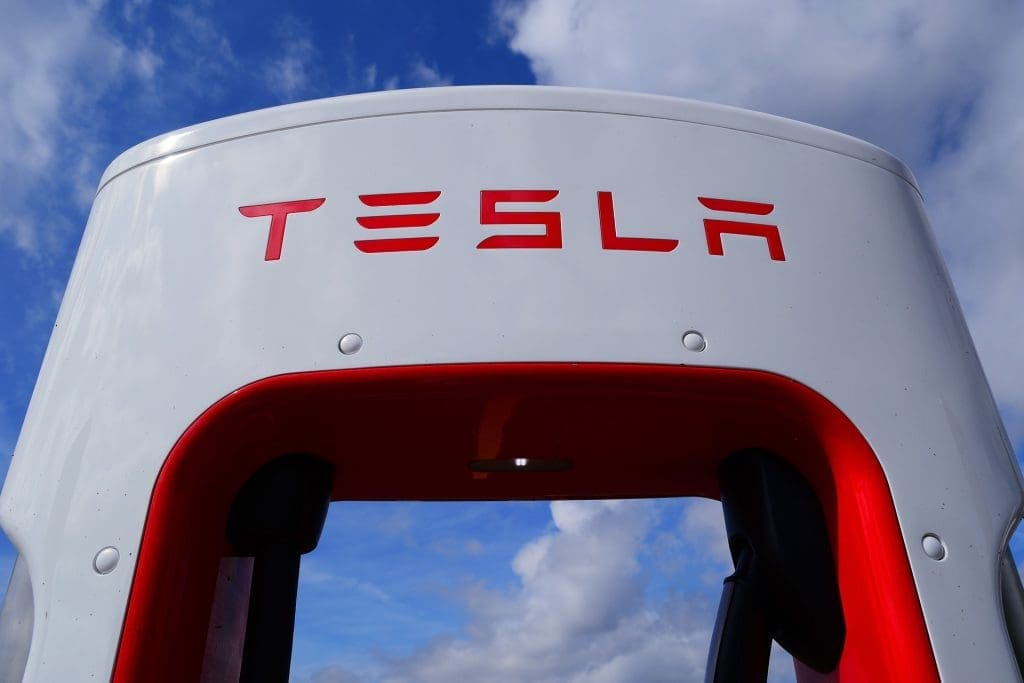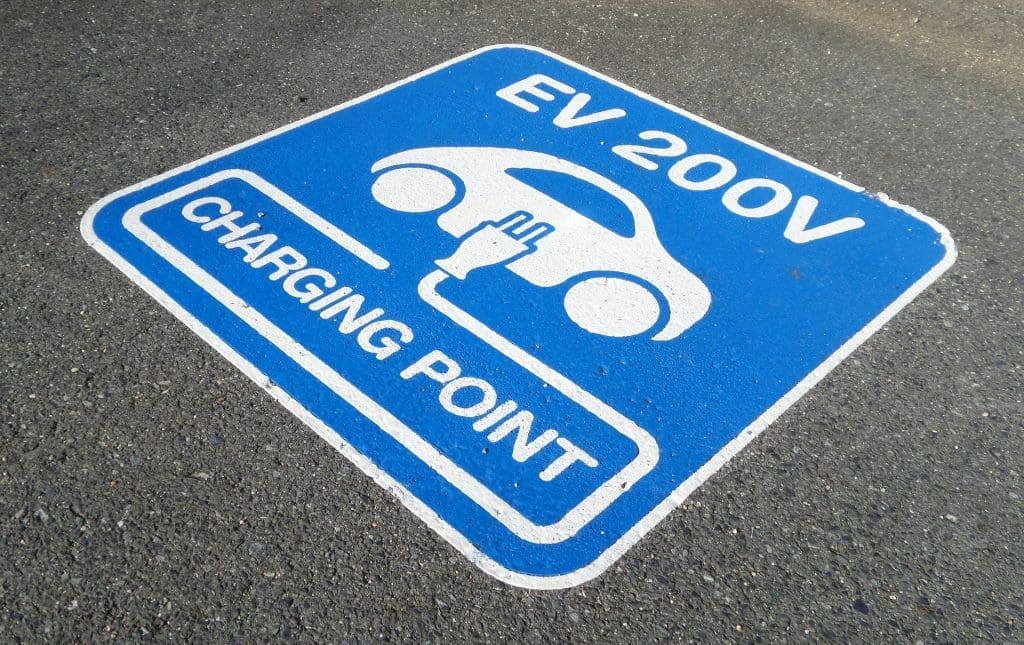A guide to Buying a Green Car
Being environmentally friendly started as a fringe interest, but despite all the news coverage – it’s not some random trend. As one of the largest purchases you will make, with the most obvious impact on your environment, a car should be the first place you look to go green. Better yet, it can save you money as well as clear your conscience, but there’s more to it than just buying a green car, you want the the car with the lowest CO2.

Buying a Green Car
Money no object? Just go for the lowest emissions and keep the car a long time. That means picking an electric car, of course, but if you’ve been paying attention, you know what making an electric car has an environmental cost. Generating electricity to power isn’t guaranteed to be green either.
Frankly, you’re doing enough by choosing the right electric car for your needs, so don’t worry too much about where the electricity comes from; you’re still emitting less pollution than a conventional car.
The larger the battery and the heavier the car, the greater the environmental impact. Yes, your Tesla Model S with the largest battery does allow you to do hundreds of miles before charging it, but at current projections, the ‘cost’ of making that car is equivalent to more than a decade of driving a normal one.
Therefore, if you only make shorter journeys, an electric car with a smaller battery is better. You could always hire a larger, even conventionally-powered car for longer journeys with the money you’ve saved, and it’s easier to keep a small car charged up on domestic power too.
If you’ve got a good credit rating but don’t like spending a lot on your vehicle, an electric car may still help you.
Leasing a new electric car instead of buying a second-hand car
When you look at your existing car, you should add up how much value it loses while you own it, how much fuel you put in, how much you spend on repairs or MOT work, and how much it costs tax. Alternatively, why not use a tool to value your car online?
If you find that you’ve lost £1,200 in a year in value, spent £600 on MOT repairs, spent £350 on tax and £250 on service, you could have spent £200/month leasing an electric car instead – and that’s before working out your fuel costs, or considering the peace of mind a warranty offers. Most electric cars will travel 300 miles based on two gallons of petrol at current domestic prices. If you have solar power, you can reduce that cost even more in summer.
Buying a green car second-hand
Finally, if you really want to buy a used car but still want to be green, there are plenty of good arguments for doing so. If you choose a second-hand car and maintain it beyond the usual working life, you’re theoretically saving the cost of a new car being made.
Choose carefully, though, as some older cars produce so much pollution, the benefits are lost. Go for a car with a small fuel-injected petrol engine, made after 1995, and make sure it’s in perfect mechanical order. You can safely feel smug and drive something interesting, and it won’t be too bad for pollution as long as you use it for more than just short drives.
On the other hand, drive a poorly maintained diesel with smoke pouring out of the back, and it doesn’t matter if you’re getting 80mpg – it’s not a green choice no matter how old it is!
The greenest solution of all is buying a used electric car – which you can find plenty of information about through Parkers, as well as cars for sale. The BMW i3 is particularly appealing as it uses long-lived, advanced materials such as carbon fiber, have a small battery with an efficient motor, and is great value pre-owned. It also looks striking and has that BMW cachet to the badge.


How much money can you save now with an EV?
Cash and PCP prices for most electric vehicles are above what you’d expect to pay for equivalent petrol- or diesel-powered cars. It’s not as far apart as you might expect, though – a Renault Zoe will be around 30% more than a Renault Clio, but you’ll spend far less on fuel and enjoy a very quiet, spacious car.
Electric vehicles run more efficiently, thus, are cheaper to operate per mile as compared to gas vehicles. If you charge your car at home, the rates will be even cheaper; often, the time of day you charge at home can also have a big impact on the cost. IF you plan to charge when traveling away from home, be prepared for higher costs, especially at rapid charging stations, but even these are cheaper than refueling a gas or diesel car.
Do EVs drive differently from conventional vehicles?
Nearly every EV on the market is designed to drive like a conventional car, but there are few small differences. Using the motor to slow down – the equivalent of engine braking – recharges the battery, and this effect can be very dramatic. As this mode is called, recuperation is occasionally used to let the car come to a complete halt unless you’re pressing the accelerator pedal, providing a one-pedal experience like a dodgem.
The other difference is the silence. All electric and plug-in cars make noise for pedestrians, but with no engine roar or exhaust, they’re still extremely refined; this can sometimes make the road and wind noise more obvious. Mazda has introduced an engine noise inside the car for the MX-30. That car encompasses several positive traits for moving to a greener car, including small batteries, a petrol-car driving experience, and lightweight.
There is nothing in an electric car that is harder to adjust to than, say, swapping from a manual to an automatic, or a car without power steering to one with or perhaps, a small, low-powered car to a larger, sporty one. However, swapping back reveals just how crude and unrefined conventional cars are by comparison.
There is one massive difference, and it’s one that you should pay attention to if you make short trips. Electric cars don’t need to warm up; they’re as efficient from switch-on as they are after fifteen minutes, and the amount of engine wear is no different either. Conventional cars pollute most and use the most fuel in the first 10 minutes or a couple of miles of driving, and they also suffer the most engine wear in that first few minutes.
If you make frequent short trips, an electric car is exactly what you need.
Can electric car batteries be recycled?
Yes. since the 1990s, new EVs have Lithium-Ion (LiOn) batteries, which have been recyclable for years. The old days when Lead Acid batteries powered electric vehicles such as milk floats and some ancient electric cars have long gone.
Homes in the UK use about 2kWh of energy in a day – this varies, of course, but firms like Tesla are recycling electric car batteries to help store energy from those recycled batteries to help supplement the grid has higher demand than usual, especially when renewable sources are not available.
At this stage, that’s about the most environmentally friendly option for the battery – a prolonged life as a low-demand storage unit for homes, after the intense life as a car battery. The Nissan Leaf and Renault Zoe – the longest-established EVs offered in the UK – are approaching ten and seven years old. Most users report acceptable battery health and, overall, much better reliability and lower service costs than a conventional car. The compromises – and impact of producing a new battery – are still worthwhile while EVs are the minority. When every British motorist needs a 30-70kWh power cell for their car, we may have a problem! Buying a green car allows you to be part of the solution.
How far can a typical EV travel on a single charge?
This depends on the car you’re considering looking at, and what type of journeys you’re using it for. For instance, the Volkswagen e-Golf can vary from 80 miles on the motorway in deep winter to 140 miles of gentle summer driving around the city. In terms of what you might expect from a variety of popular cars, we’ve found this in real-world driving: Smart ForTwo EQ (80 miles), Volkswagen e-Up (85 miles), Honda e (100 miles), Nissan Leaf 40kWh (160 miles), Jaguar I-Pace (240 miles), Hyundai Kona Electric (250 miles), Tesla Model S Long Range (320 miles).




